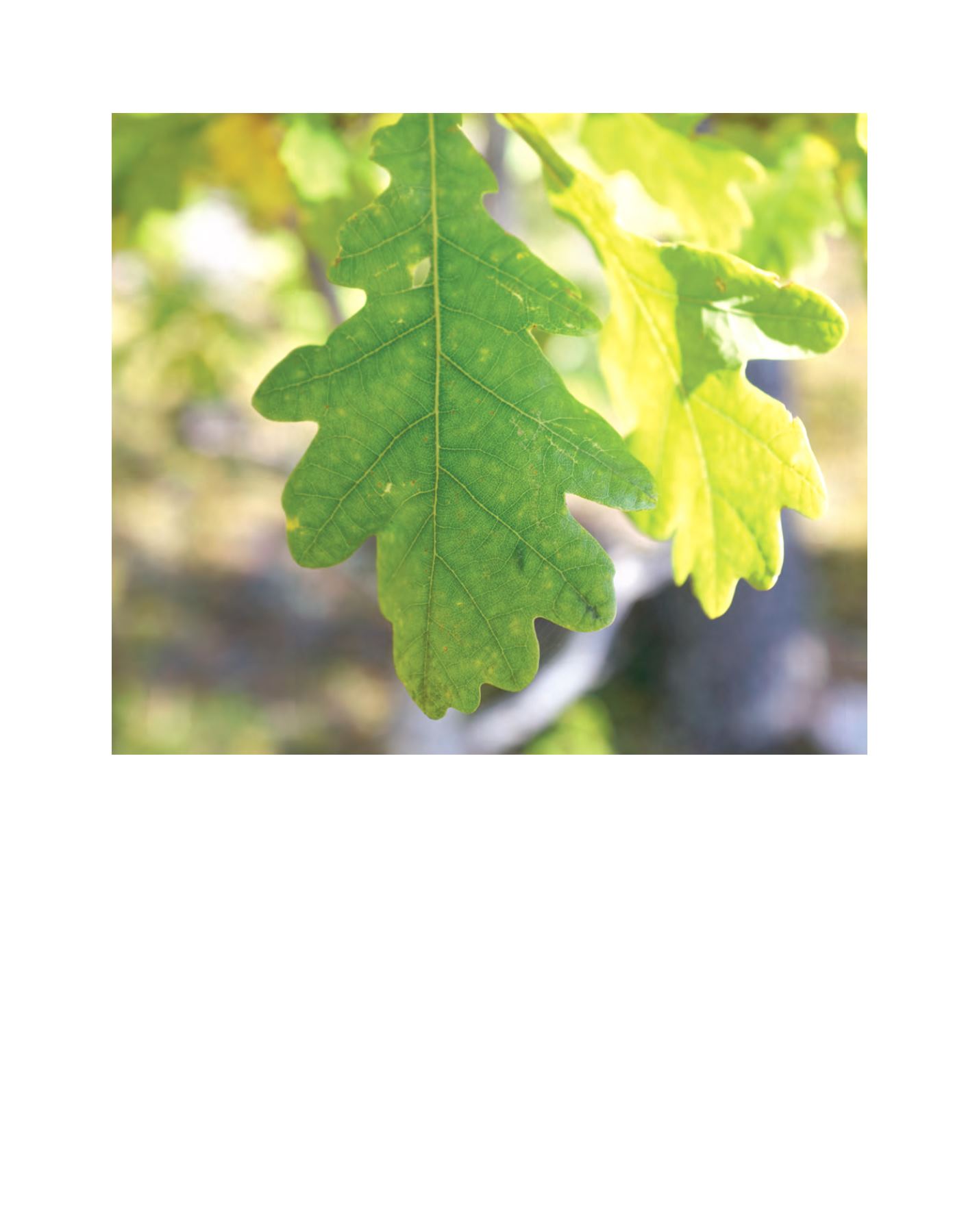

[
] 138
A case study in North Karelia, Eastern Finland examined the
impacts of increased use of forest wood chips for heating. Use
of this local fuel creates more benefit to local people because of
increased employment and income to the region. However, care
needs to be taken that intensive harvesting does not threaten
the biodiversity of forests or disturb their multiple uses such as
hunting and berry picking.
Here, public organizations used the ToSIA tool in the context of
the local regional development strategy. A target of sustainable use
of forests is included in the Regional Forestry Programme, which is
prepared as a participatory process of stakeholders. Another regional
initiative, the Climate and Energy Programme, includes a target of a
‘heating oil-free region’ (this currently used fuel can be substituted
by wood chips and pellets).
The impacts of this target were assessed using indicators of
greenhouse gas emissions of fossil fuels, employment and local
added value. The analysis showed that targets to improve regional
development and decrease greenhouse gas emissions would
be met due to the shift of fuel from imported (heating oil) to
local (wood chip). Assessing the different indicators
(economic, environmental and social) at the same
time improved the understanding of the stakehold-
ers of the impacts on local people. The process also
enabled them to plan how to achieve the regional
development programme targets.
Sustainability indicators, therefore, are a vital tool
for quantifying and assessing the impacts potential
development decisions can have on forests and thus, in
the end, also on people. They are a means for helping
decision makers to understand the wider, sometimes
far-reaching, consequences of their choices at different
levels. They illustrate the issues (economic, social and
environmental) which are important for people – and
are a useful way of encouraging and generating stake-
holder participation, partnership and communication
of all parties involved and affected. Because in the final
analysis, sustainability is about people: ourselves and
the world we live in.
Sustainability impact analysis helps to preserve forests for the future
Image: EFI
















